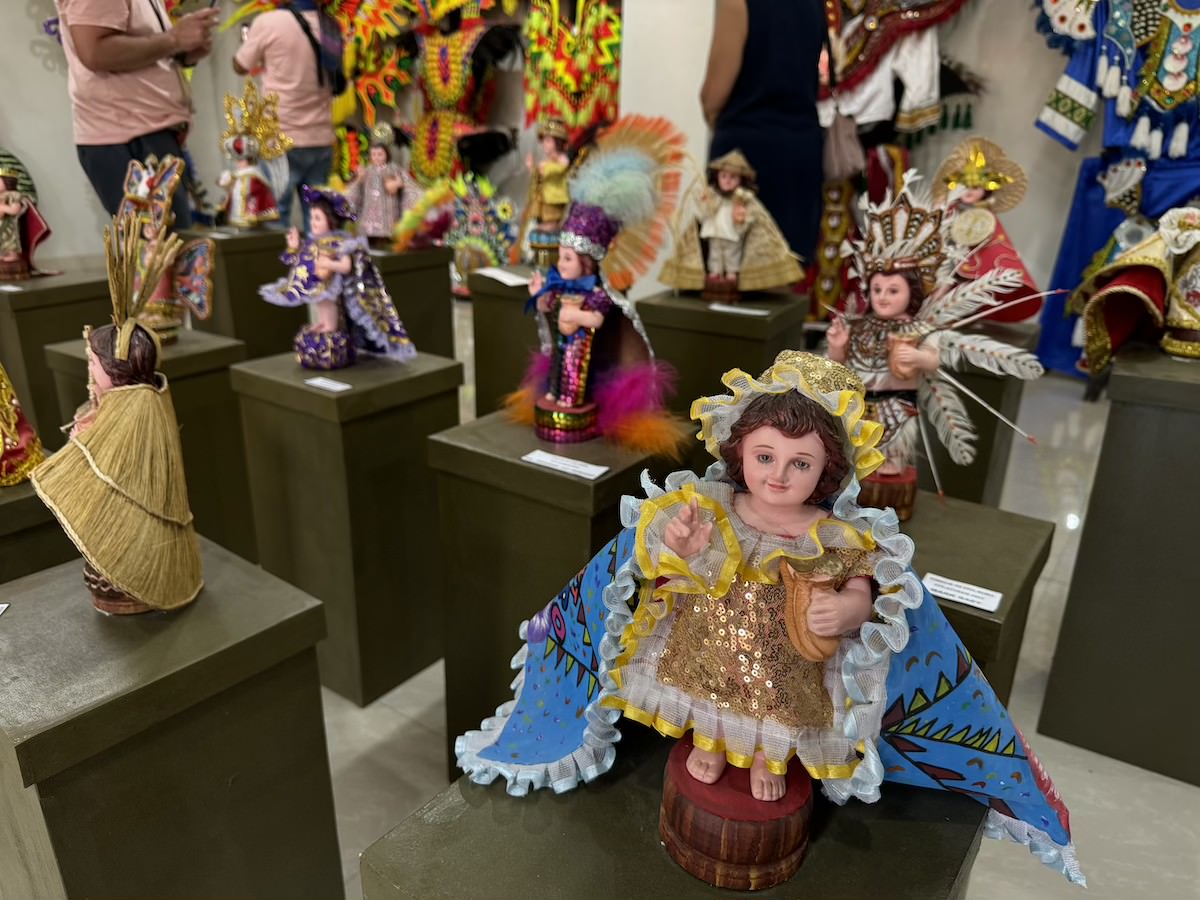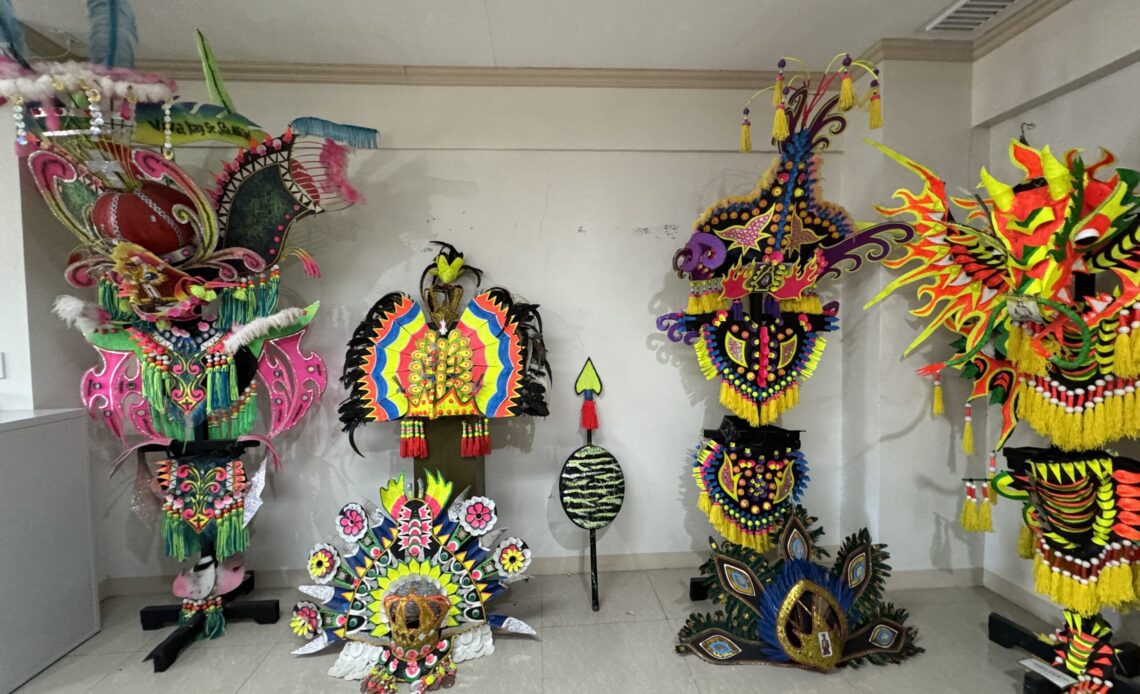Kalibo Ati-Atihan Museum and Gallery: A Cultural Haven in Aklan
The Kalibo Ati-Atihan Museum and Gallery is a cultural institution in Kalibo, Aklan, Philippines. The museum is dedicated to preserving the history and traditions of the Ati-Atihan Festival, one of the country’s oldest and most celebrated festivals. The festival is held every third Sunday of January and is known for its colorful street dancing, lively music, and elaborate costumes.
The museum features a variety of exhibits showcasing the history and culture of the Ati-Atihan Festival. Visitors can see traditional costumes, masks, and musical instruments used in the festival, as well as photographs and videos documenting the festival’s history. The museum also has a souvenir shop where visitors can purchase Ati-Atihan-themed items such as t-shirts, keychains, and masks.
History and Significance
Origins of the Ati-Atihan Festival
The Ati-Atihan Festival is a centuries-old tradition of the Aklanon people, commemorating the arrival of the 10 datus from Borneo. The festival was originally a legendary celebration whose story, handed down through oral tradition, was later turned by the Spanish colonizers into a religious festival honoring the Santo Niño. The festival’s present form is a mixture of religious and cultural elements, with participants donning colorful costumes and dancing to the beat of the drums.
Evolution of the Museum
The Kalibo Ati-Atihan Museum and Gallery was established in 2002 to showcase the rich history and cultural heritage of the Ati-Atihan Festival. The museum features a collection of artifacts, costumes, and photographs that document the festival’s evolution over the years. Visitors can also learn about the history of Kalibo and the Santo Niño, as well as the role of the Ati-Atihan Festival in Aklanon culture.
The museum is a testament to the enduring legacy of the Ati-Atihan Festival and its significance in the cultural landscape of the Philippines. It provides a valuable resource for scholars, students, and tourists alike who seek to understand the history and traditions of this vibrant and colorful festival.
Exhibitions and Collections
The museum has a vast collection of art, cultural artifacts, and historical objects that depict the life and times of the Aklanon people. The museum has three main subsections: Permanent Exhibits, Featured Artworks, and Cultural Artifacts.

Permanent…
Click Here to Read the Full Original Article at Out of Town Blog…
